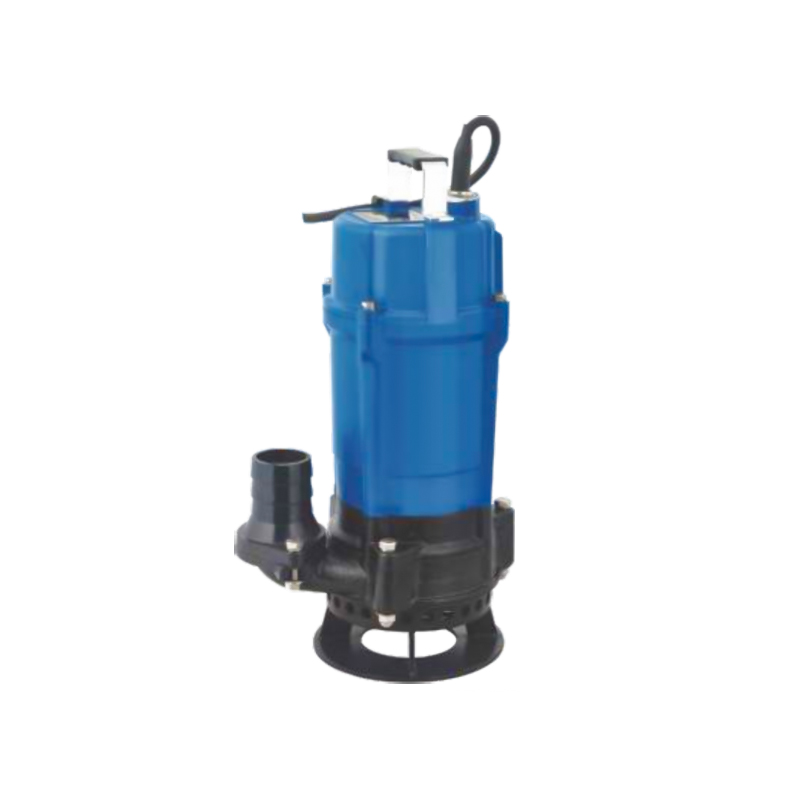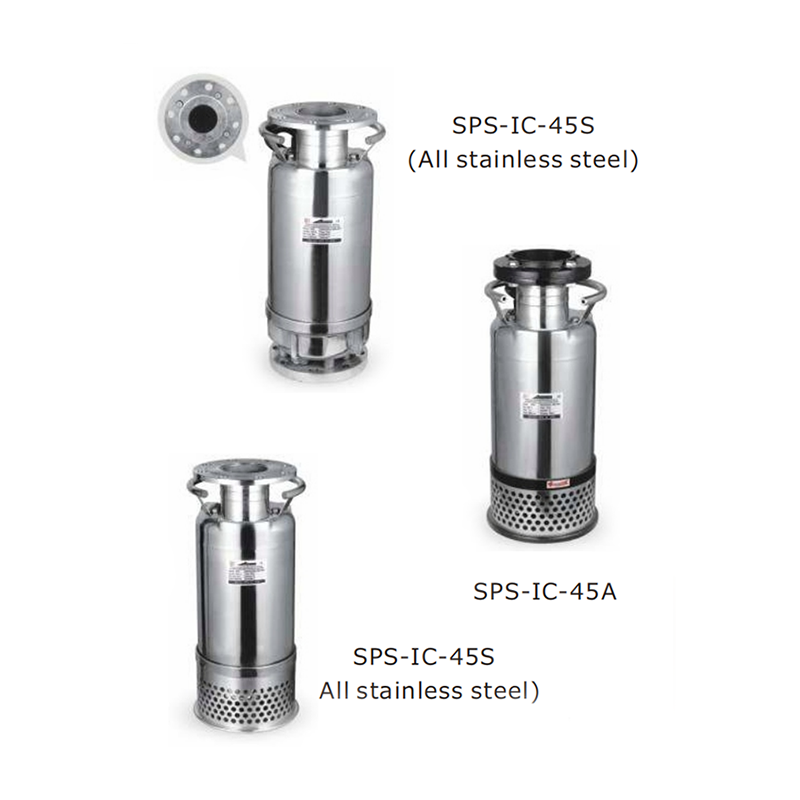The use of dewatering pumps has become indispensable in modern industrial, construction, and agricultural operations, where effective water removal is critical for productivity and safety. These specialized pumps are designed to handle large volumes of water, slurry, and sediment-laden fluids, ensuring efficient drainage in challenging environments. With advancements in materials and engineering, dewatering pumps offer reliable performance, durability, and adaptability across a wide range of applications.
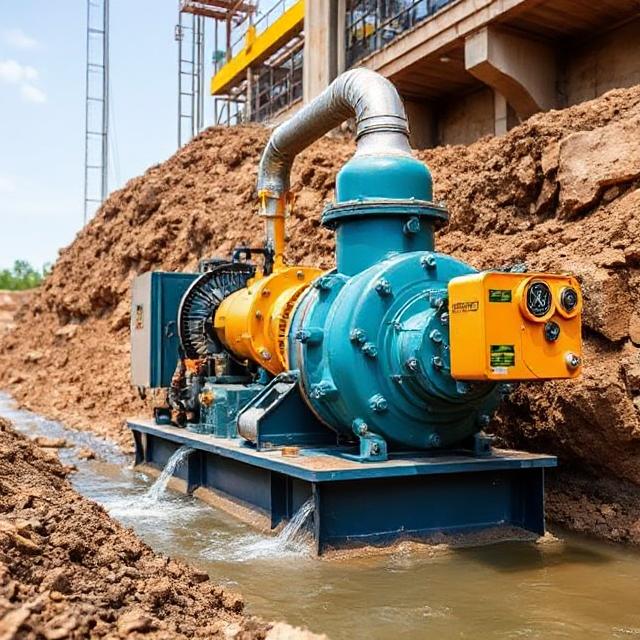 |
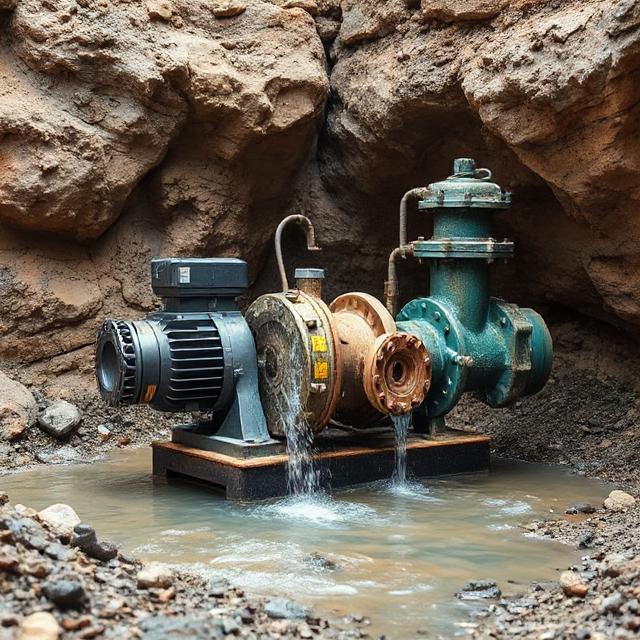 |
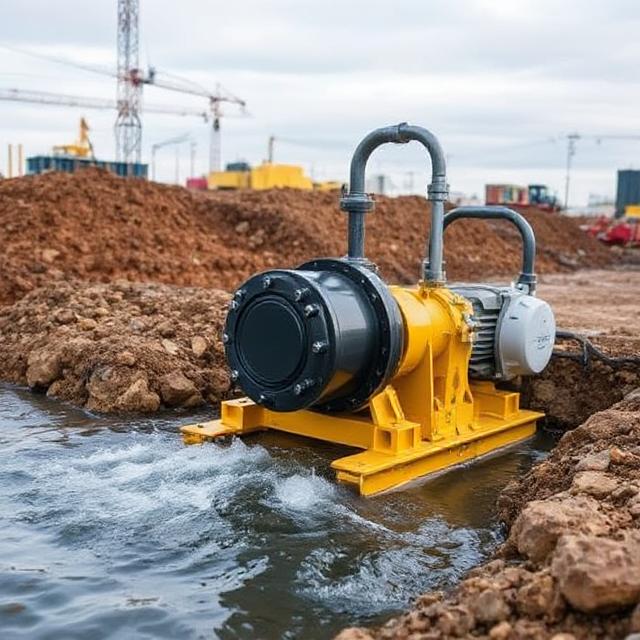 |
Advantages
One of the primary advantages of dewatering pumps is their ability to operate in harsh conditions, including flood zones, construction sites, and underground mines. Constructed from high-strength materials such as cast iron, stainless steel, and abrasion-resistant polymers, these pumps withstand corrosion, wear, and chemical exposure. Sealed motor housings and reinforced impellers prevent damage from sand, gravel, and other solid particles, ensuring long-term functionality even in demanding settings. The robust design lesss maintenance requirements while big uptime, making them a cost-effective solution for continuous water extraction.
Efficiency is a key factor driving the adoption of dewatering pumps in various industries. Unlike traditional pumps that require priming, many modern dewatering pumps are self-priming or submersible, allowing for immediate operation without manual intervention. Automatic controls, including float switches and pressure sensors, enable hands-free operation, adjusting pump activity based on real-time water levels. This automation reduces labor costs and ensures consistent performance in remote or hazardous locations. Additionally, energy-efficient motor designs help lower operational expenses while maintaining high flow rates and discharge pressures.
Applications
Construction Industry:construction and excavation dewatering pumps are vital for keeping work sites dry and stable. Foundation digging, tunnel boring, and basement construction often encounter groundwater infiltration, which can delay projects and compromise structural integrity. By swiftly removing excess water, dewatering pumps enable uninterrupted work while preventing soil erosion and flooding. Their portability and adaptability make them suitable for both large-scale infrastructure projects and smaller residential developments.
Mining Industry:The mining sector relies heavily on dewatering pumps to manage water accumulation in open pits and underground shafts. Pumping out groundwater and slurry is essential to maintain safe working conditions and prevent equipment damage. Heavy-duty dewatering pumps capable of handling abrasive mixtures ensure smooth operations in mineral extraction and processing. Their ability to function in high-pressure and high-temperature environments further enhances their utility in mining applications.
Agriculture:Agriculture also benefits from dewatering pumps, particularly in flood-prone areas and irrigation systems. Farmers use these pumps to drain excess water from fields, preventing crop damage and soil degradation. In aquaculture, they help regulate water levels in ponds and tanks, ensuring ideal conditions for fish and other aquatic species. The pumps’ resistance to chemicals and organic debris makes them ideal for agricultural use, where exposure to fertilizers and pesticides is common.
Looking ahead, innovations in dewatering pump technology are expected to focus on sustainability and smart functionality. Emerging trends include the integration of IoT-enabled sensors for remote monitoring, predictive maintenance, and real-time performance optimization. Improved hydraulic designs aim to enhance efficiency and reduce energy consumption, while new materials may further extend pump lifespan in corrosive environments. As industries continue to face complex water management challenges, dewatering pumps will remain a crucial tool, evolving to meet the growing demand for efficient and reliable solutions. Their versatility and durability ensure they will play a central role in water control strategies across multiple sectors for years to come.



 English
English русский
русский عربى
عربى